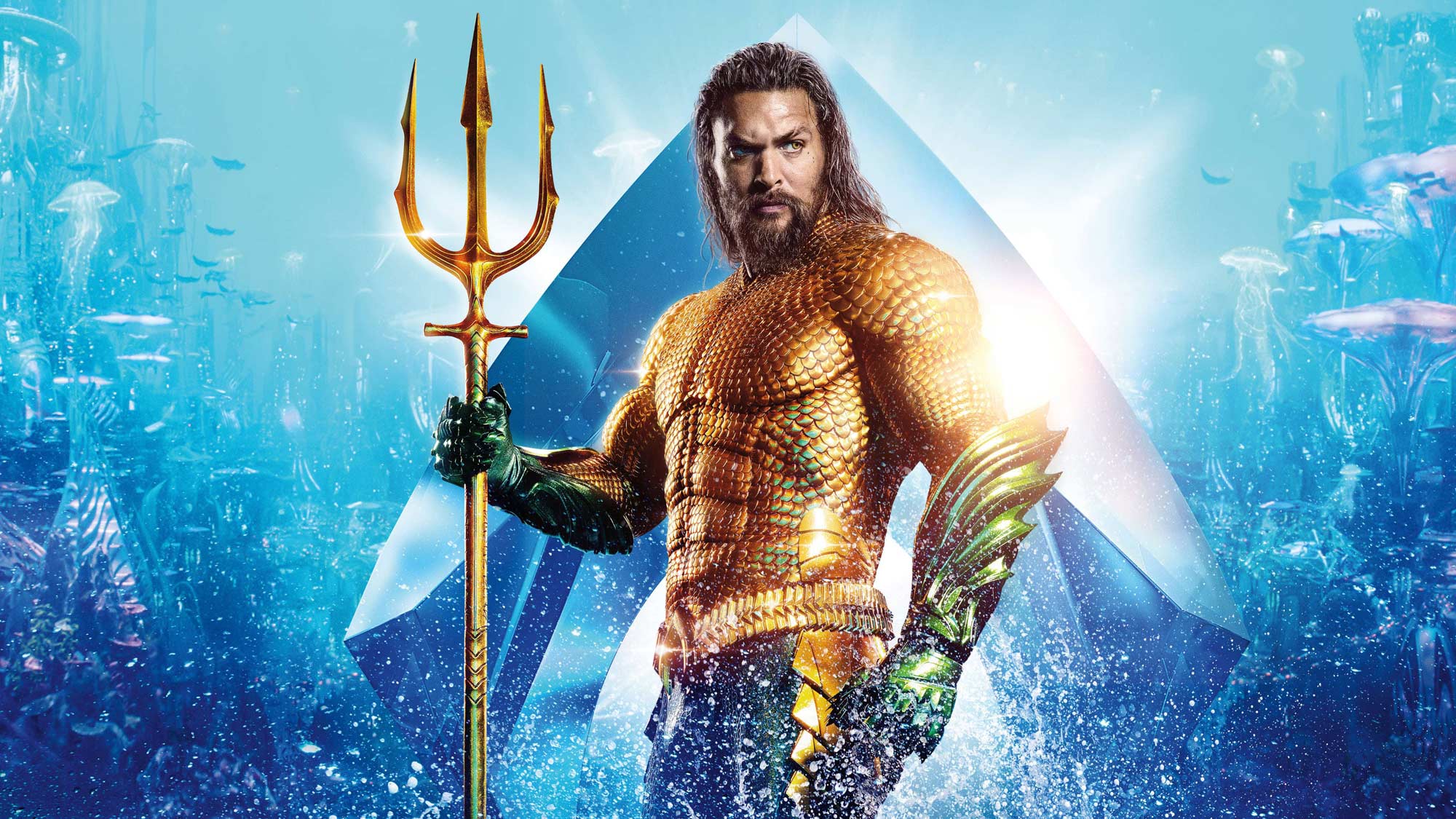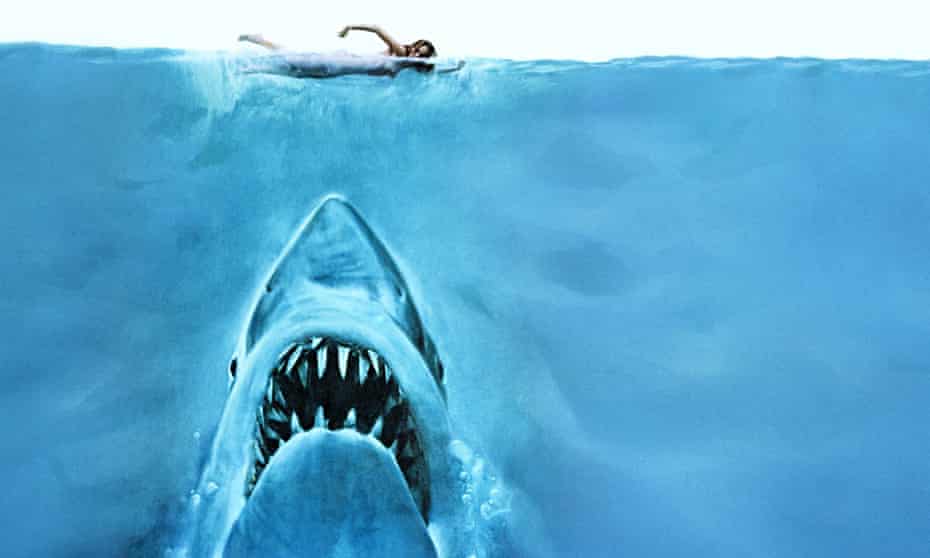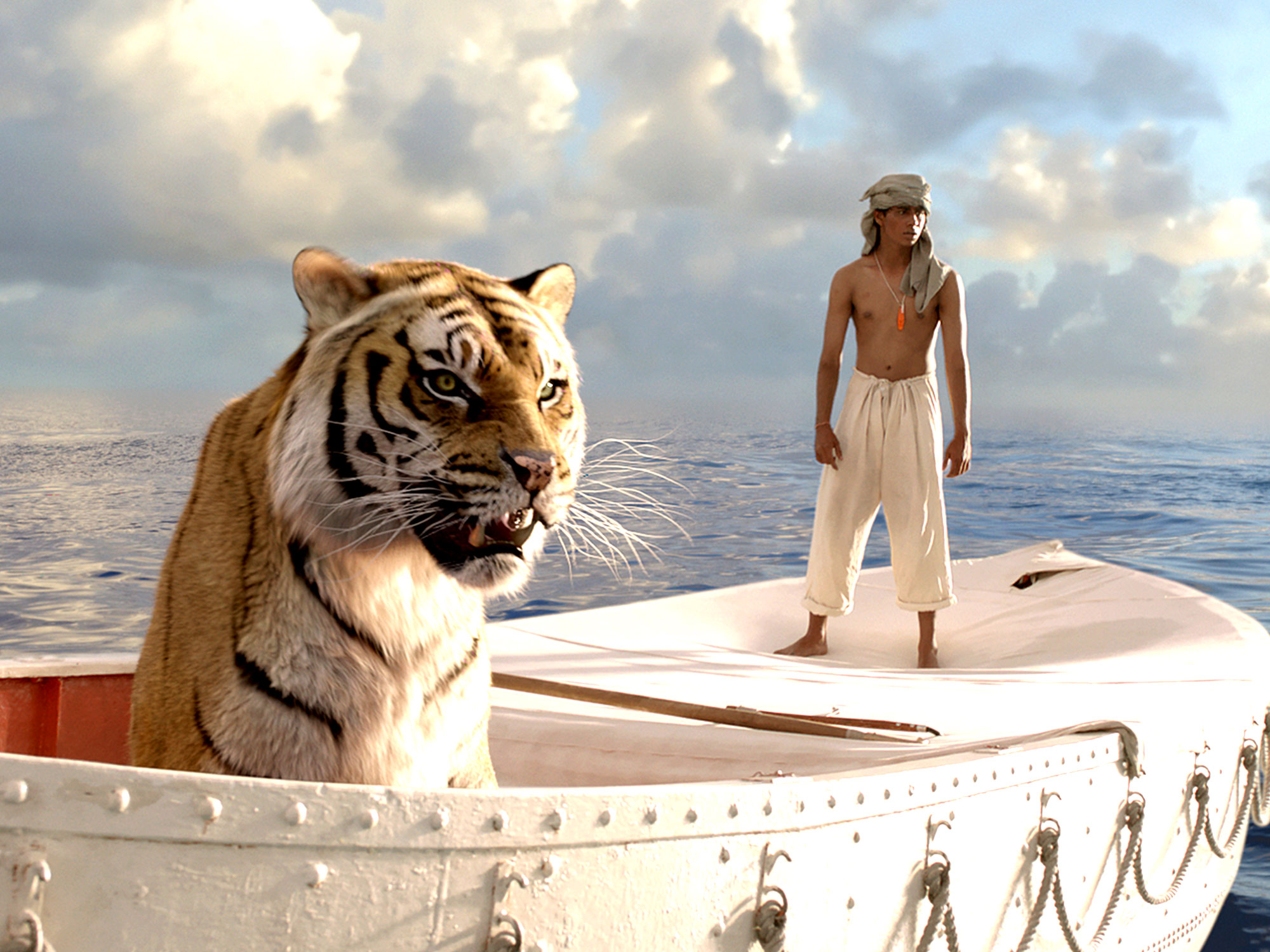
Omaha's Henry Doorly Zoo and Aquarium
This man is a marine biologist and activist who has spearheaded Haiti’s ocean conservation movement. Over two decades ago, he started the Fondation pour la Protection de la Biodiversite Marine, a nonprofit organization dedicated to saving mangrove trees and coral reefs and cleaning the island nation’s beaches. In 2013, the Haitian government signed the nation’s first Marine Protected Areas into law, due largely to Wiener’s community-based leadership. He was honored with the Goldman Environmental Prize in 2015.
Jean Wiener
When threatened, these guys can emit a massive shock of electricity, equal to 600 volts. That kind of shock could stun an adult human and even cause electrocution. Yet the fish is biologically hard-wired not to be adversely affected by the electricity coursing through the water – it has specialized cells that protect it from being electrocuted.
Electric eels

Pirates of the Caribbean

Monterey Bay Aquarium
This woman has spent 25 years as an advocate for clean and accessible urban waterfronts. She started her advocacy career in Boston, Massachusetts, where she became president of The Boston Harbor Association (TBHA), a nonprofit dedicated to cleaning up what was once one of the nation’s dirtiest harbors. She also helped to construct the HarborWalk, a 38-mile public walkway that lines Boston’s waterfront. In 2015, the long-time activist left TBHA to become president and CEO of Riverlife, a Pennsylvania-based nonprofit organization dedicated to reclaiming and restoring Pittsburgh’s riverfronts.
Vivien Li
These guys are one of nature’s real anomalies. They have a duck-like bill, but they are mammals, but even though they are mammals, they lay eggs. Moreover, they shoot poison out of their hind feet, although very few mammals are poisonous. To make them even stranger, the bill is lined with thousands of electrical sensors that allow the animal to target its prey from far away accurately. These electrical sensors are so powerful that, whether they are in the water or on land, it doesn’t have to use its eyes or ears to locate its prey.
Platypus

Aquaman

Aquarium of the Pacific
This man comes from a family of oceanographers (his father was the famous deep-sea adventurer, scientist, and filmmaker), so it isn’t surprising that, in 1990, he started the Ocean Futures Society in an effort to educate the public about marine conservation. Cousteau is also known for building an eco-oriented resort in Fiji and for becoming the first person to represent the Environment at an Olympic Games opening ceremony in 2002.
Jean-Michel Cousteau
Stings from these guys can be deadly. About 100 people die every year from their pains. These creatures live around Indonesia and Northern Australia, so if you plan to visit beaches in the area, be careful. They can be hard to see, as their bodies are transparent. Nevertheless, their tentacles can be up to 10 feet long and have as many as 5000 stinging cells. A sting can cause someone’s heart to stop and lead to death within minutes. Survivors of these stings report pain that lasts for weeks.
Box Jellyfish

Jaws

San Diego Zoo
This man quit his job as a successful New York investment banker at the age of 28 to found South Carolina’s Coastal Conservation League, a nonprofit that raises awareness about the effects of climate change and works to stop environmentally harmful practices like offshore drilling and plastic pollution in the state. In 2002, the league helped stop the expansion of a port at one of the state’s islands that would have been as large as downtown Charleston.
Dana Beach
This fish can grow to be upwards of 11 feet long, and they are named after their impressive sail-like fins that help them glide through the water almost effortlessly. These bluish-grey fish also have elongated bills that help them catch their prey. They are the fastest fish in the ocean and have been known to hit speeds of 68 miles per hour.
Sailfish

Life of Pi

Shedd Aquarium
This man began his career as a trainer for captive dolphins for the American TV-series Flipper. But after one of the show’s dolphins died in the handler’s arms, he left his job to pursue a career as an advocate against dolphin capture. Over 40 years later, he heads the Dolphin Project, an organization that is working to reduce dolphin exploitation and slaughter worldwide. With the help of the Dolphin Project, he works to rescue and rehabilitate captured dolphins and continues to speak out against dolphin hunting. The marine advocate starred in a 2009 documentary called The Cove about dolphin slaughtering practices off the coast of Japan, and is the recipient of an Environmental Achievement Award, presented by the U.S. Committee for the United Nations Environmental Program.
Richard O'Barry
Remember the scene from the second Harry Potter movie when the teacher cast a spell that made Harry’s arm bone disappear? These fish are kind of like Harry’s arm in that scene – they are the only known animal to have a skull but no spine. Their floppy arms are connected to a head. However, they have a pretty awesome superpower: they shoot out the slime to ward off potential predators, or any creatures that might try to share their meal. To prevent from choking on their own slime, they can sneeze it out.
Hagfish

Ponyo